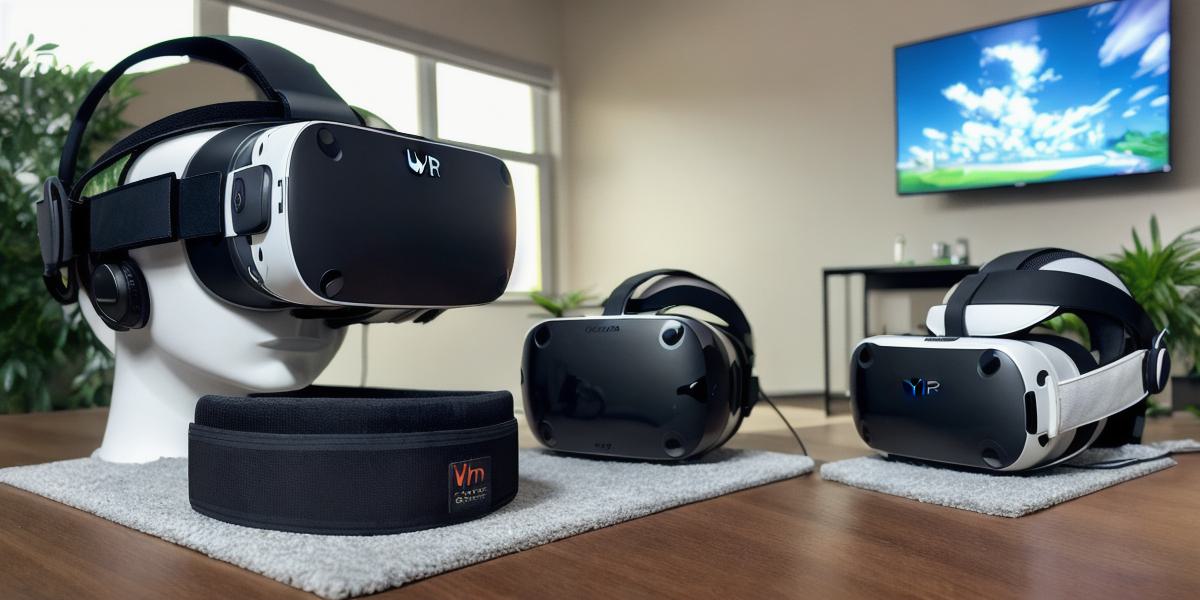Virtual Reality (VR) and Augmented Reality (AR) are two of the most exciting technologies in the world of digital development. Both technologies have their own unique strengths and weaknesses, making it difficult to decide which is better for a particular project. In this article, we will explore the key differences between VR and AR and help you make an informed decision about which technology to use for your next project.
What Is VR?
Virtual Reality is a technology that creates a simulated environment in which users can interact with objects and other people as if they were real. The VR experience is immersive, and the user is completely surrounded by the virtual world. VR headsets are worn on the head to block out the real world and create the illusion of being in a different environment.
What Is AR?
Augmented Reality, on the other hand, adds digital elements to the real world. AR apps use the camera of a smartphone or tablet to overlay virtual objects onto the physical world. The user can see and interact with both the real and virtual worlds at the same time.
The Pros and Cons of VR vs AR
Virtual Reality has several advantages that make it well-suited for certain types of projects:
- Immersive Experience: VR creates a fully immersive experience, which makes it ideal for training simulations, gaming, and entertainment. The user is completely surrounded by the virtual world, making it easy to forget about the real world.
- High Interactivity: VR allows for high levels of interaction with virtual objects. Users can touch, grab, and manipulate virtual objects in ways that are not possible in the real world.
On the other hand, Augmented Reality also has its own set of advantages:
- Low Cost: AR technology is generally less expensive than VR technology, which makes it a good option for smaller projects or startups with limited budgets.
- Real-World Integration: AR allows for seamless integration with the real world, making it ideal for retail, marketing, and education applications. Users can see and interact with both the physical and virtual worlds at the same time.
Cons of VR vs AR
Virtual Reality also has some disadvantages that make it less suitable for certain types of projects:
- Expensive: VR headsets and other equipment can be expensive, which makes it difficult for smaller companies to invest in the technology.
- Isolation: VR can be isolating, as users are completely surrounded by the virtual world and may not interact with others in the real world.
Augmented Reality also has its own set of disadvantages:
- Limited Interactivity: AR allows for limited interaction with virtual objects, which can make it less engaging than VR for some users.
- Distraction: The overlay of virtual objects on the real world can be distracting and may not always enhance the user experience.
Conclusion: Which Is Better?
The decision to use VR or AR will depend on the specific needs and goals of your project. If you need a fully immersive experience that allows for high levels of interaction with virtual objects, then VR may be the right choice. On the other hand, if you want to add digital elements to the real world in a cost-effective way that enhances the user experience, then AR may be more suitable.
